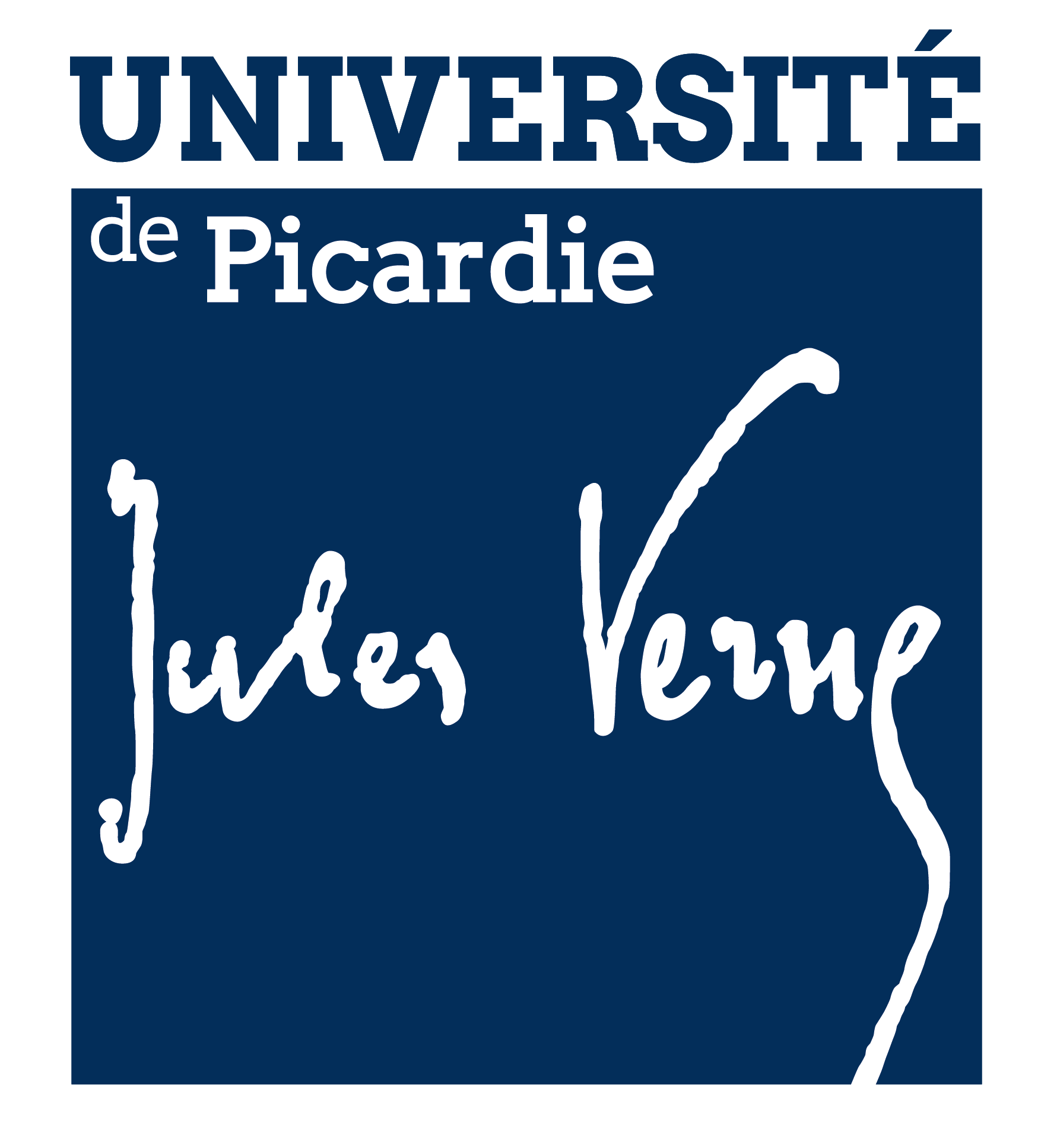Patient outcomes after the discovery of granuloma with caseous necrosis : a retrospective observational multicenter study (PECASGRA)
Devenir des patients après découverte d’un granulome avec nécrose caseuse : une étude rétrospective observationnelle multicentrique (PECASGRA)
Résumé
Introduction: Histological granulomas are associated with many diagnoses, including tuberculosis. This is a real diagnostic challenge, and the decision to impose a therapeutic sanction is significant because it is a very long treatment with highrisk of adverse effects. Methods: This was a retrospective multicenter study including patients who have been diagnosed a granuloma , without microbiological evidence, discussed in a mycobacteria consortium to decide management. The main objective of this study was to assess the proportion of patients treated with four or five drug regimens. The secondary objectives were to evaluate the predictive factors of the therapeutic decision and the outcome of patients according to the treatment decision. Results: From 2015 to 2023, 35 patients were included. Of these, 17 were treated. Factors associated with initiation of treatment were the persistence of a target lesion after histological sampling (p= 0.026), as well as presentation in the consortium before 2021 (p=0.044). The presence of immunosuppressive therapy (p=0.09), young age, were factors more in favor of treatment, and the presence of COPD was more associated with surveillance (p=0.09). Among treated patients, 1/3 were stable, 2/3 improved, two patients stopped their therapy early because of adverse effects. In the abstention group, 1/3 worsened radiologically and/or-clinically. Conclusion: The discovery of a granuloma with necrosis should require a complete etiological assessment. The introduction of a treatment is done on a case-by-case basis and should take into account the benefit/risk balance.
Introduction : les granulomes histologiques sont associés à de nombreux diagnostics, dont la tuberculose. Il s'agit d'un réel défi diagnostic, et la décision d'une sanction thérapeutique est lourde de sens puisque prolongée dans le temps avec un risque d'effets indésirables. Méthodes : il s'agissait d'une étude rétrospective multicentrique incluant les patients ayant bénéficié d'un prélèvement histologique de granulome, sans preuve microbiologique, discutés en RCP pour suspicion de mycobactériose. L'objectif principal de cette étude était d'évaluer la proportion des patients traités par une quadri ou penta thérapie. Les objectifs secondaires étaient d'évaluer les facteurs prédictifs de la décision thérapeutique et le devenir des patients en fonction de la prise en charge. Résultats : de 2015 à 2023, 35 patients ont été inclus. Parmi eux,17 ont été traités. Les facteurs associés à la mise sous traitement étaient la persistance d'une lésion cible après le prélèvement histologique (p= 0,026), ainsi qu'une présentation en RCP avant 2021 (p=0,044). La présence d'un traitement immunosuppresseur (p=0,09), le jeune âge, étaient des facteurs plutôt en faveur du traitement, et la présence d'une BPCO plutôt associée à une surveillance (p=0,09). Chez les patients traités, 1/3 étaient stables, 2/3 se sont améliorés, deux patients ont arrêtés précocement leur thérapie sur des effets indésirables. Dans le groupe surveillé, un tiers s'est aggravé sur le plan radio-clinique. Conclusion : la découverte d'un granulome avec nécrose doit faire réaliser bilan étiologique complet. L'introduction d'un traitement se fait au cas par cas en tenant compte de la balance bénéfice/risque.
Domaines
Pneumologie et système respiratoire| Origine | Fichiers produits par l'(les) auteur(s) |
|---|---|
| licence |



